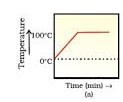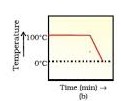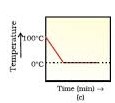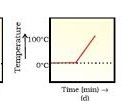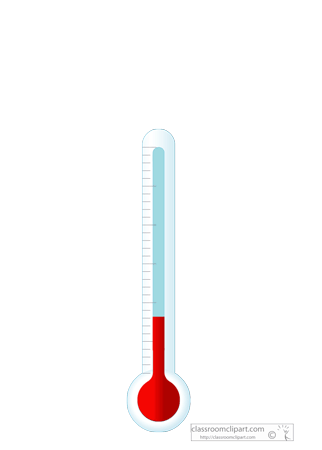
Matter in our Surroundings
Assessment
•
Akshay Aggarwal
•
Science
•
9th Grade
•
2K plays
•
Medium
Improve your activity
Higher order questions
Match
•
Reorder
•
Categorization
.svg)
actions
Add similar questions
Add answer explanations
Translate quiz
Tag questions with standards
More options
20 questions
Show answers
1.
Multiple Choice
The amount of heat which is used to change the state of matter not for increase the temperature is called
Latent heat
Specific heat
Heat capacity
None of the above.
2.
Multiple Choice
Which of the following will produce severe burns ?
Cold water
Hot water
Boiling water
Steam
3.
Multiple Choice
Ice floats on water because
it has higher density than water
it has lower density than water due to more volume
it is solid
it is low melting solid
4.
Multiple Choice
Latent heat of fusion is amount of
heat energy required to change 1 kg solid into liquid completely at its melting point.
heat energy required to convert 1 kg solid into liquid at room temperature
heat energy required to change 1 g of solid into liquid completely
heat energy required to change 1 kg of solid into liquid at any temperature.
5.
Multiple Choice
When heat is constantly supplied by a burner to boiling water, then the temperature of water during vapourisation
Rises very slowly
Rises rapidly until steam is produced
First rises and then becomes constant
Does not rise at all
6.
Multiple Choice
When water at 0°C freezes to form ice at the same temperature of 0°C, then it
Absorbs some heat
Releases some heat
Neither absorbs nor releases heat
Absorbs exactly 3.34 x 105J/kg of heat

Explore this activity with a free account
Find a similar activity
Create activity tailored to your needs using
.svg)

Day and Night
•
KG

Sorting Materials Into Groups
•
5th - 6th Grade

States of Matter
•
6th Grade

Nature of Matter
•
6th Grade

Matter
•
4th Grade

Matter in our Surroundings
•
9th Grade

States Of Matter
•
3rd - 4th Grade

Matter
•
3rd - 5th Grade
